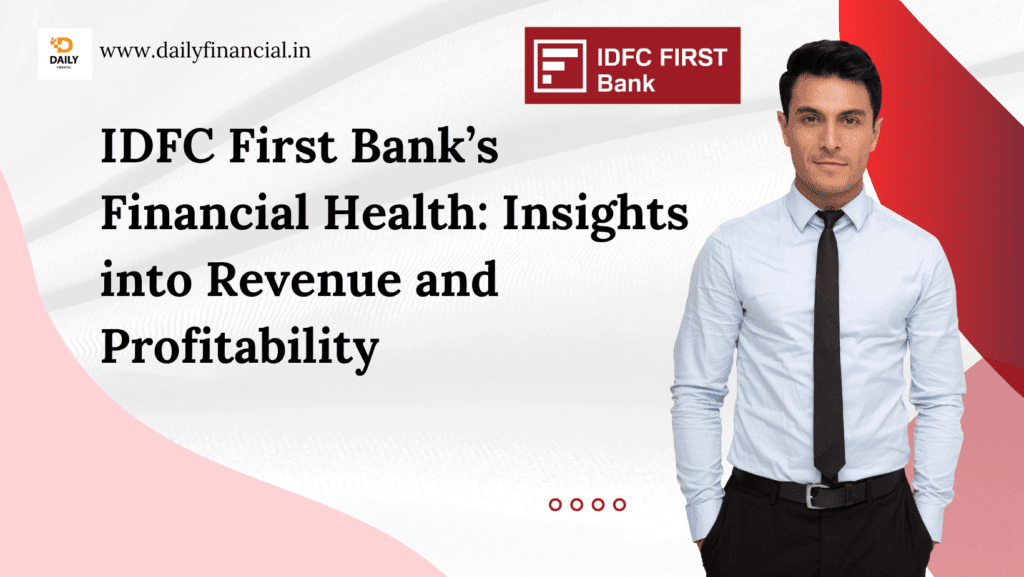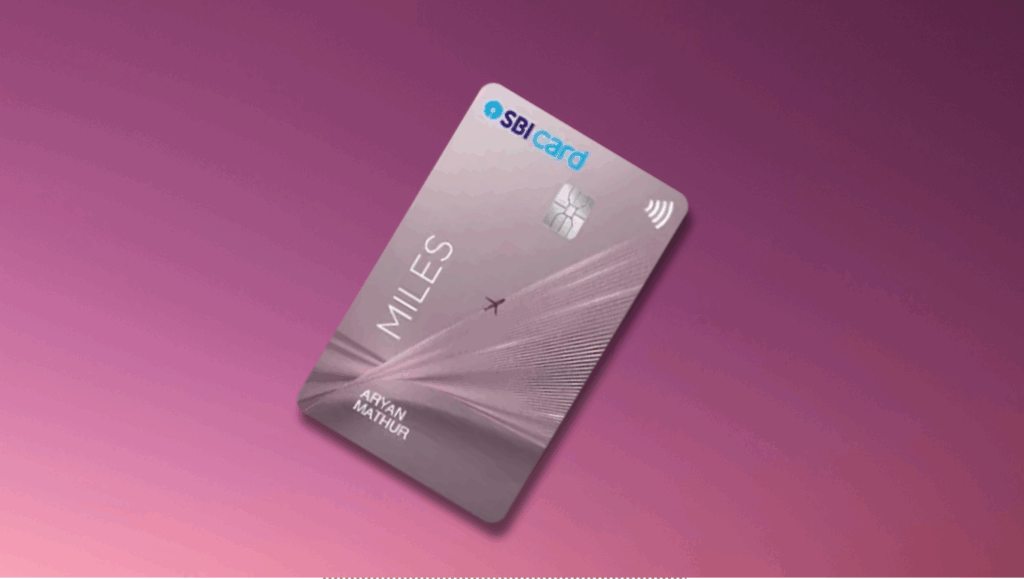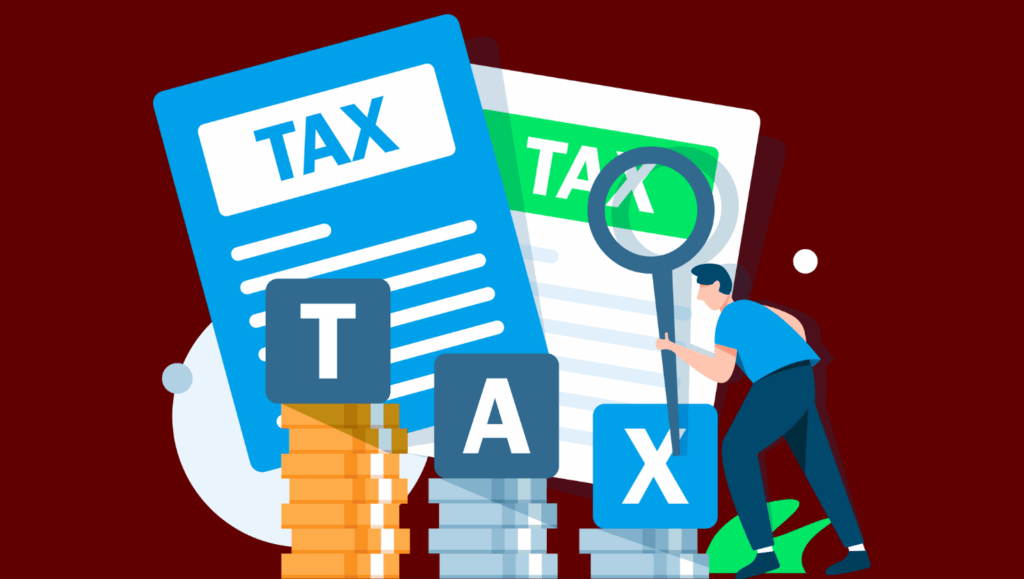
“Get the latest Yes Bank share analysis (2025) with financial performance, stock trends, and expert recommendations. Determine whether YESBANK stock is a buy or sell based on Q4 results, technical indicators, and growth outlook.”
Yes Bank Ltd, one of India’s prominent private-sector banks, has been a focal point for investors and market analysts alike. From its meteoric rise in the early 2000s to its dramatic fall during the 2020 financial crisis, the bank’s journey has been nothing short of a rollercoaster. Today, as we stand in April 2025, Yes Bank is showing signs of recovery and stability, making it a compelling subject for a detailed share analysis. In this blog post, we’ll dive deep into the latest data, financial performance, technical analysis, and future outlook of Yes Bank Ltd shares.
Overview of Yes Bank Ltd
Founded in 2004 by Rana Kapoor and Ashok Kapur, Yes Bank quickly established itself as a dynamic player in India’s banking sector. Headquartered in Mumbai, the bank offers a wide range of services, including retail banking, corporate banking, treasury operations, and digital banking solutions. However, its growth trajectory hit a roadblock in 2018-2020 due to governance issues, financial mismanagement, and rising non-performing assets (NPAs). The Reserve Bank of India (RBI) intervened in March 2020, orchestrating a bailout led by the State Bank of India (SBI) and other financial institutions.
Since then, under the leadership of Managing Director and CEO Prashant Kumar, Yes Bank has been on a path to recovery. As of April 2025, the bank operates over 1,200 branches and has a strong digital presence, catering to retail, MSME, and corporate clients. This Yes Bank Ltd share analysis will explore how these developments have impacted its stock performance and investor sentiment.
Yes Bank’s Latest Financial Performance (Q1 & Q4 FY25)
Loan & Deposit Growth
Yes Bank reported an 8.2% YoY growth in loans and advances, reaching ₹2.46 lakh crore in Q4 FY25, compared to ₹2.27 lakh crore in Q4 FY24. Sequentially, loans grew by 0.7% from ₹2.44 lakh crore in Q3 FY25.
- Deposits rose 6.8% YoY to ₹2.84 lakh crore, with a 2.6% QoQ increase.
- CASA (Current Account Savings Account) ratio improved to 34.3% (vs. 30.9% YoY), indicating better low-cost deposit mobilization.
Profitability & Asset Quality
- Net Profit: In Q3 FY25, Yes Bank’s net profit surged 164.5% YoY to ₹612 crore, driven by improved interest income and lower provisions.
- Net Interest Income (NII): Grew 10.2% YoY to ₹2,224 crore, though Net Interest Margins (NIMs) remained flat at 2.4%.
- Asset Quality: Gross NPA (GNPA) declined to 1.6% (vs. 2.0% YoY), while Net NPA (NNPA) stood at 0.5%, reflecting stability.
Liquidity & Credit-Deposit Ratio
- Liquidity Coverage Ratio (LCR): Improved to 125% (vs. 116.1% YoY) but declined from 133.2% in Q3 FY25.
- Credit-to-Deposit Ratio: Slightly increased to 86.7% (vs. 85.5% YoY), indicating moderate lending growth.
Yes Bank Share Price: Current Status and Trends
As of April 04, 2025, Yes Bank Ltd’s share price on the National Stock Exchange (NSE) stands at approximately ₹17.95 (based on the latest available data from March 2025, adjusted for market trends). The stock has experienced volatility over the past year, with a 52-week high of ₹28.55 and a 52-week low of ₹16.02. This range reflects both the challenges and opportunities the bank faces in the current economic landscape.
Key Share Price Metrics
- Market Capitalization: ₹54,550.49 Cr (as of March 24, 2025)
- Price-to-Earnings (P/E) Ratio: 25.20 (TTM, as of April 2025)
- Price-to-Book (P/B) Ratio: 1.16
- 52-Week Performance: Down by approximately 25.64% over the past year
- Recent Trend: A 5.84% gain in the last five trading sessions (as of early April 2025)
The stock’s performance has been influenced by macroeconomic factors, banking sector dynamics, and company-specific developments. Investors searching for Yes Bank stock price updates will note that the share price has shown resilience despite a broader market correction in early 2025.
Financial Performance: Latest Data and Insights
A robust Yes Bank Ltd share analysis must include an examination of its financial health. The bank’s provisional data for Q4 FY25 (released on April 03, 2025) provides a snapshot of its operational performance.
Q4 FY25 Provisional Highlights
- Loans and Advances: Up 8.2% year-on-year (YoY) to ₹2.46 lakh crore
- Deposits: Increased by 6.8% YoY
- CASA Ratio: Improved to 34.3%, with Current Account and Savings Account (CASA) deposits rising 18.4% YoY
- Liquidity Coverage Ratio (LCR): 125%
- Credit-Deposit Ratio (CDR): 86.7%
- Q3 FY25 Net Profit: ₹612 crore, a 164.5% YoY surge (reported in January 2025)
- Net Interest Margin (NIM): Stable at 2.4%
These figures indicate steady growth and a focus on improving asset quality. The bank’s gross NPA has dropped to 1.6% and net NPA to 0.5% as of September 2024, reflecting a significant cleanup of its balance sheet since the 2020 crisis, when gross NPAs peaked at over 16%.
Annual Financials (FY24)
- Total Revenue: ₹32,960.89 Cr
- Net Profit: ₹1,285.20 Cr
- Capital Adequacy Ratio: 16.1%, well above regulatory requirements
- Return on Equity (ROE): 2.76% (3-year average, indicating room for improvement)
For investors researching Yes Bank financials, these metrics suggest a bank that is stabilizing but still lags behind peers like HDFC Bank and ICICI Bank in profitability and efficiency.
Technical Analysis of Yes Bank Shares
Technical analysis is a critical component of any Yes Bank Ltd share analysis. Let’s break down the stock’s recent trends using key indicators:
Moving Averages
- 50-Day Moving Average (DMA): ₹17.50 (as of early April 2025)
- 200-Day Moving Average: ₹19.00
- Trend: The stock is trading below its 200-DMA, indicating a bearish long-term trend, but above its 50-DMA, suggesting short-term bullish momentum.
Support and Resistance Levels
- Support: ₹16.50 – ₹16.80 (near the 52-week low)
- Resistance: ₹18.50 – ₹19.00 (a psychological barrier and recent high)
Relative Strength Index (RSI)
- Current RSI: 55 (neutral territory, indicating neither overbought nor oversold conditions)
Volume Analysis
- Average daily trading volume has spiked to 9.81 crore shares in recent sessions, reflecting heightened investor interest post-Q4 provisional data release.
Analysts tracking Yes Bank share forecast suggest that a breakout above ₹19 could signal a stronger recovery, while a drop below ₹16.50 might test the 52-week low again.
Yes Bank Share Forecast: What Lies Ahead?
Predicting the future trajectory of Yes Bank shares requires analyzing both internal developments and external factors. Here’s a detailed outlook:
Bullish Factors
- Asset Quality Improvement: The consistent decline in NPAs (1.6% gross, 0.5% net as of September 2024) boosts investor confidence.
- Loan Growth: The bank targets 13-14% loan growth in FY25, driven by retail and SME segments.
- CASA Growth: A rising CASA ratio (34.3%) reduces funding costs and improves margins.
- SBI Stake Sale: Reports suggest SBI may divest its $2.2 billion stake by March 2025, potentially attracting new institutional investors.
Bearish Factors
- Profitability Lag: ROE of 2.76% is significantly lower than peers (e.g., HDFC Bank’s 16-18%).
- Market Volatility: Broader economic uncertainties, including interest rate hikes, could pressure banking stocks.
- Historical Baggage: Lingering perceptions of governance issues may deter conservative investors.
Analyst Recommendations
- Average 1-Year Price Target: ₹16.55 – ₹18.90 (based on 11 analysts, as of March 2025)
- Consensus Rating: Mixed, with a tilt toward “Hold” or “Sell” due to modest upside potential from current levels.
For those searching Yes Bank share price prediction 2025, the stock could hover between ₹16 and ₹22, depending on execution of growth plans and macroeconomic stability.
Peer Comparison: How Does Yes Bank Stack Up?
To contextualize this Yes Bank Ltd share analysis, let’s compare it with key peers in the private banking sector:
| Metric | Yes Bank | HDFC Bank | ICICI Bank |
| Market Cap (₹ Cr) | 54,550 | 12,50,000 | 8,50,000 |
| P/E Ratio | 25.20 | 18.50 | 17.80 |
| P/B Ratio | 1.16 | 2.80 | 3.10 |
| Gross NPA (%) | 1.6 | 1.3 | 2.2 |
| Net Profit (₹ Cr, FY24) | 1,285 | 64,000 | 42,000 |
| ROE (%) | 2.76 | 17.50 | 18.00 |
Yes Bank trails in profitability and valuation multiples but excels in NPA reduction, making it a turnaround story rather than a market leader.
Risks and Challenges
No Yes Bank stock analysis is complete without addressing risks:
- Regulatory Scrutiny: Past issues could invite stricter oversight.
- Competition: Larger banks with stronger balance sheets dominate the market.
- Tax Demand: A ₹2,209 crore tax notice (March 2025) is under appeal, but it adds uncertainty.
Investment Takeaway: Should You Buy Yes Bank Shares?
Yes Bank Ltd shares present a mixed bag for investors in April 2025. The bank has made commendable strides in stabilizing its operations, improving asset quality, and growing its loan book. However, its profitability remains a concern, and the stock’s upside potential appears limited in the near term.
Who Should Invest?
- Short-Term Traders: Look for opportunities around ₹16.50 (support) and ₹19 (resistance).
- Long-Term Investors: Wait for stronger profitability signals (e.g., ROE above 5%) and clarity on SBI’s stake sale.
For those Googling Yes Bank Ltd share analysis 2025, the stock is a speculative bet with recovery potential but not without risks. Always consult a financial advisor before investing.
Final Thought
Yes Bank Ltd’s share price journey reflects its resilience and ongoing transformation. With a market cap of over ₹54,000 crore, improving financials, and a strategic focus on retail growth, the bank is carving a niche in India’s competitive banking sector. This Yes Bank Ltd share analysis highlights its strengths, challenges, and future prospects, making it a must-read for investors tracking Yes Bank stock price trends and Yes Bank financial updates.
-

The $68 Billion Rupee Trap: How Stablecoins Could Silently Hijack India’s Financial Freedom
-

Why Your Safe Salary is Actually the Most Dangerous Gamble of 2025
-

The ₹1 Crore Trap: Why High Earners Are the New “Poor” and How to Escape!
-

The ₹8,600 “Glitch”: Did Starlink Just Reveal Its Hand or Was It All a Mistake?




























